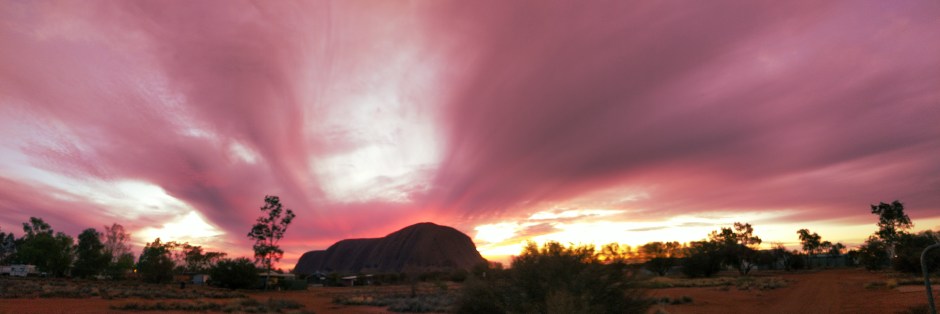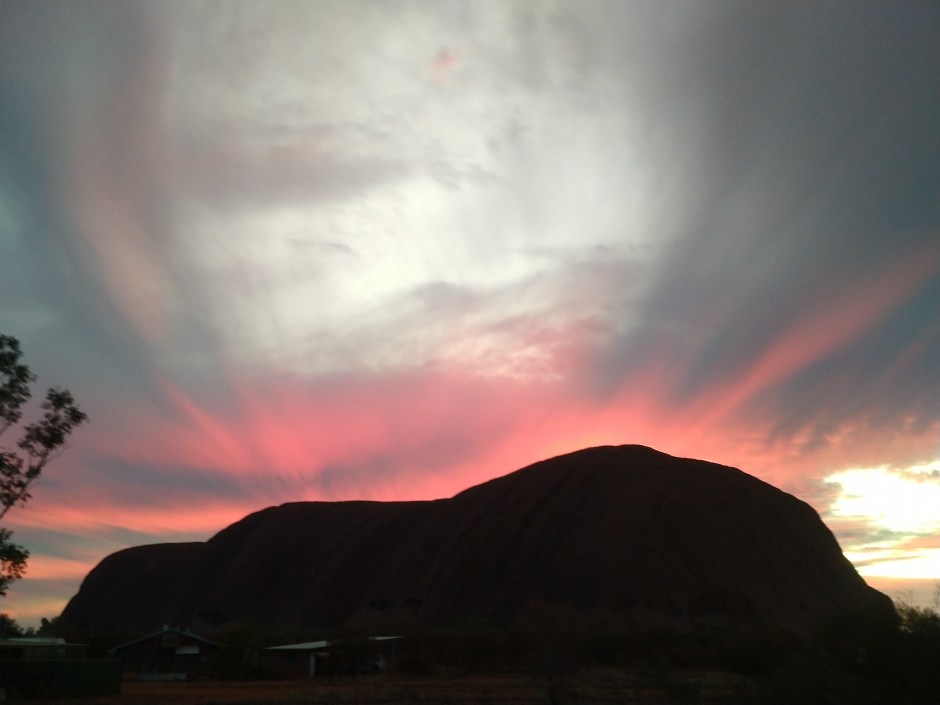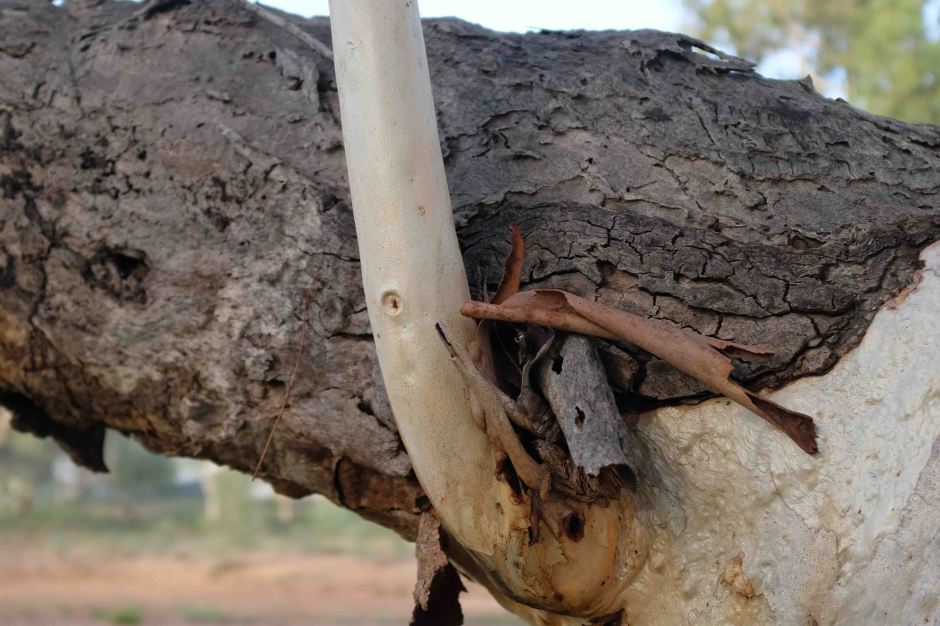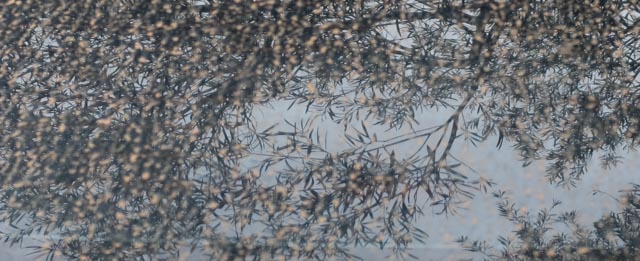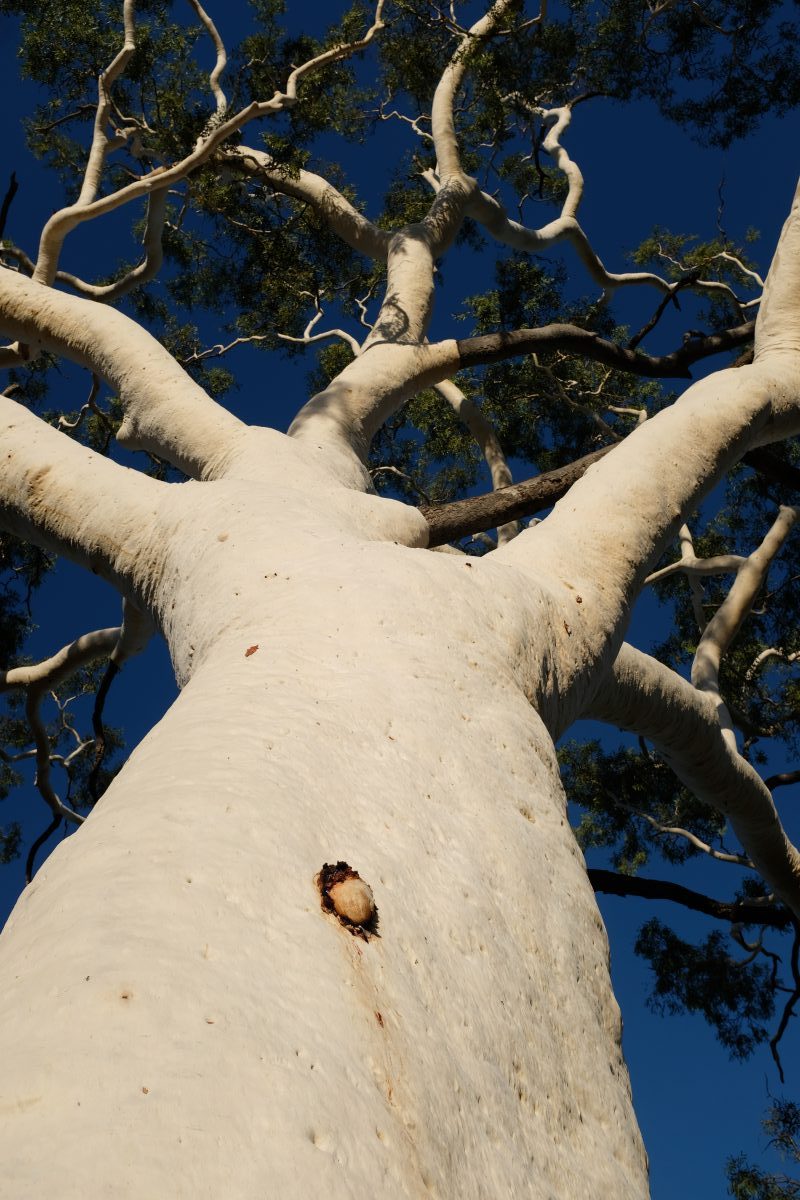I was walking down the corridor in a clinic and a middle-aged Aboriginal man called out to me from a colleague’s room, “Hey Doc, I want to see you!” I explained that the very proficient and careful younger doctor that was attending to him was as good as me. He said, “I know, but you touch me.” It was not something I had been told before, and I contemplated a range of interpretations: did I connect to him emotionally; was I more intimate; or did I examine him, perhaps more thoroughly?
There is a wealth of literature on this subject perhaps best summarised in a TED talk by Dr Abraham Verghese “A doctor’s touch“. Every family has stories that demonstrate this fundamentally important aspect of medical care and there are popular medical aphorisms such as “if you don’t put your finger in it, you’ll put your foot in it”. Health practitioners know it is important, but….
There are a number of forces rising against medical examination that offer relief to the uncomfortable doctor or nurse and their patient, both concerned about social boundaries that may be crossed, or the possible experience of emotional or physical discomfort. First is the rise of ‘tests’ which provide detailed internal images which can be wholly reassuring if normal or biochemical measurements are incompatible with disease, thus avoiding the need to see and feel what might be going on. Second, the increase in a general ‘hypochondriasis’ which involves less than perfect wellness, where examination is redundant as only esoteric genetic, enzyme or protein tests will reveal the minor malady and enable (largely) dietary adjustments. How ‘nice’ to be at a comfortable distance and really get to the core issue while avoiding any embarrassment. It is a dangerous collusion.
One person I saw recently really brought to light this issue. A middle-aged man with right sided chest pain had been seen on a number of occasions in various settings over a period of more than a year. His records and the way he presented with yet further pain, despite two normal CT scans done over a year apart (the second one a few weeks ago), suggested that he was seeking pain medication, perhaps even for illicit use. I checked his story, and his tests. “Well,” I thought, “I owe it to him to examine him carefully if I am going to deny him pain relief”.
Sitting one to two meters away, I asked him to take his shirt off. There in the middle of the right side of his chest was a large lump – perhaps 10cm in diameter. I did not need a CT or any other test to know this was grossly abnormal. I am not an expert at reading CT Scans but I looked up the films. There it was, very obvious to the novice radiologist, and yet the CT Scan was reported as normal! How could that be? I rang the radiologist, who concurred – and then checking the previous CT scan revealed that it was present, although smaller, over a year before. No excuses. Both scans were reported as normal. Here I was, looking from a distance of a little over a meter (with my glasses on admittedly) and detecting something that was not picked up on two expensive scans and perhaps as many as 6 attendances for nursing and medical assessment.
Examining him further, he had widespread sounds in his right lung; evidence that the pain he was experiencing was preventing him breathing fully. He had had a couple of chest infections as a result. With a little advocacy he is now getting the care he needs.
I have many experiences where people want to be examined but have found it difficult to get someone to do so. I do wonder if the increase in post-graduate training for doctors, where older medical students already socialised as adults find it more difficult to cross the major social boundaries necessary to be an effective doctor. Added to this are the concerns of litigation for inappropriate intimate examinations and the rise of gender preference; all both excuse and press for avoiding examination. The sexualisation of children has led to even young prepubertal girls feeling uncomfortable having their chests examined. We can only wonder what it was that led to nobody exposing this man’s chest during examination.
On reflection I am proud that I touch people and want other doctors to feel the same comfort with doing a job well. Our patients want high quality care, even if a little reluctant at times to go through some embarrassment. A young woman with an urgent health concern passing through Alice Springs recently had been to the emergency department and wanted to be sure what was wrong. When I explained that examining her would help sort out what was wrong, and asked if she wanted me to examine her, she replied in a relieved voice, “Please”. An old Aboriginal man with limited English, when I explained to be sure about his prostate I would need to put my finger in his bottom, looked at me and my raised index finger and said while looking at my finger, “I want that one”.
I hope young doctors and nurses will realise how important it is to examine people, and I hope people seeking health care will also expect to be examined thoroughly, even demand it if there is clear value. Clothes need to come off to see the region and even the surface changes. Breast and genital examination are not required in many instances and always need careful explanation and consent if not requested. When the need is high, even major cultural barriers will come down to enable adequate health care. The rise of point of care ultrasound and testing in the hands of primary care practitioners will mean more people will have access to tests, but the eyes, ears, nose and especially touch of the practitioner are all rapid information gatherers of very significant value.


